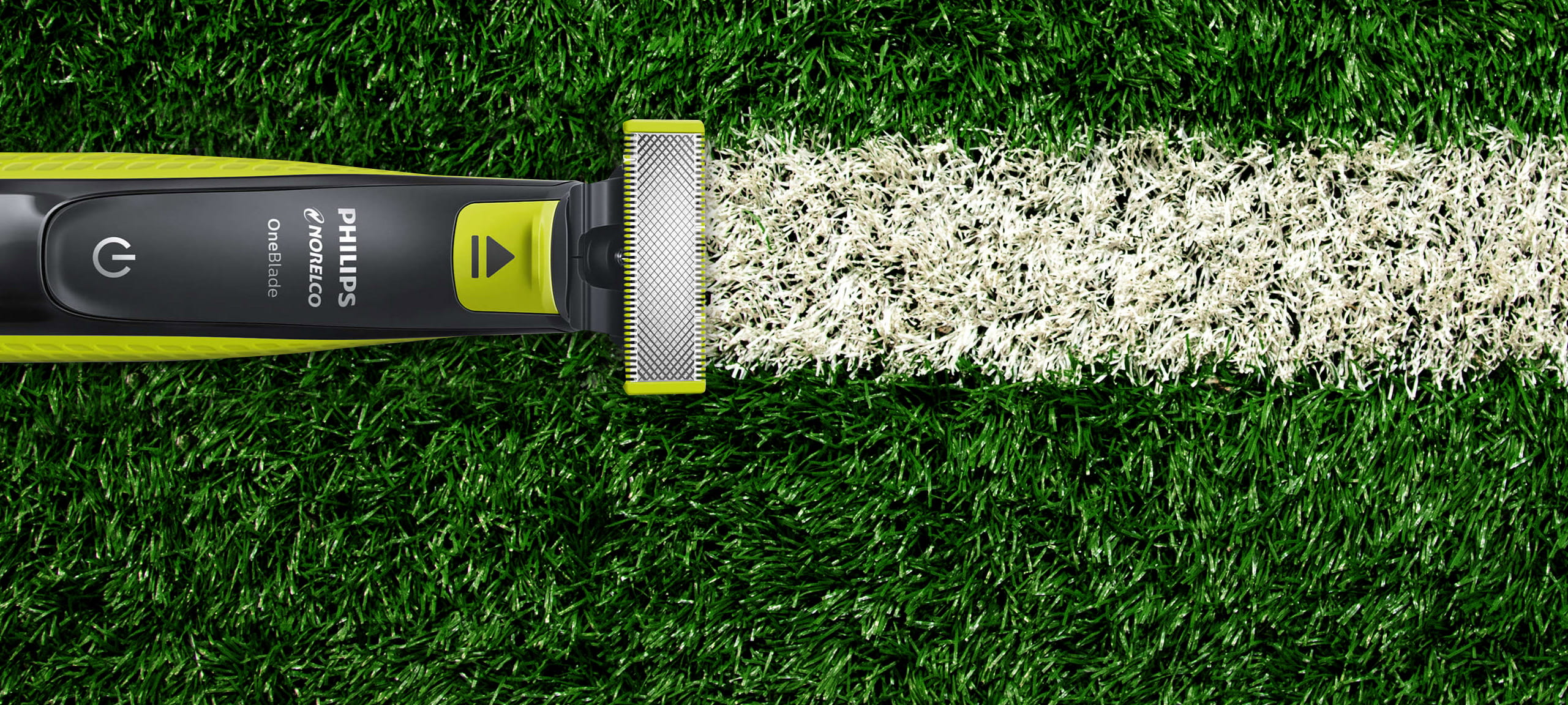Today, the path to purchase is longer and more complex than ever, existing in micro moments that take place across devices and touchpoints. This is particularly significant for companies selling higher value products, where customers may take weeks or even months to make a purchase decision. With this in mind, Pineca took a holistic approach to the customer journey, moving from a last-click to a position-based attribution model.
About Pineca
Founded in 1993
Wooden construction and home manufacturer
Goals
Increase ROI
Get a better understanding of the customer journey
Reallocate marketing budgets more efficiently
Approach
Switched from last-click to position-based attribution model
Increased the conversion window from 30 to 60 days
Focused on lower funnel keywords
Results
>27% increase in shopping conversions
>24% increase in GDN conversions
35% more leads
Buying a home is not a decision that consumers make on a whim. It’s a time-consuming process that involves a longer and typically more complicated path to purchase. With the aim of gaining a deeper understanding of the customer journey, Lithuanian wooden home manufacturer Pineca working together with Good one agency made the decision to double the conversion window, while moving from last-click to position-based attribution.
Founded in 1993, Pineca produces over 10,000 wooden homes per year for distribution across Europe and Latin America. People begin their home search well before making the final purchase, so it’s essential to have a holistic view of the customer purchase journey — beyond the final decision to buy.
Unlike last-click that focuses on the final customer action before purchase, position-based attribution gives credit to all touchpoints along the customer journey. In doing so, brands have a broader view of what drives customers to make purchase decisions and can allocate their marketing budgets more efficiently. “A position-based attribution model helped us to measure which elements of the account matter, and which ones don’t”, said Arūnas Gečiauskas, CEO of Pineca.
By increasing the conversion window from 30 to 60 days, Pineca was able to analyse customer behaviour for a longer period of time — crucial for brands selling high value products that customers are less likely to buy on impulse.
One of the key takeaways from the switch in attribution model and increase in conversion window was the importance of focusing on lower funnel keywords in marketing campaigns.
Search ads retargeted consumers who were visiting and engaging with the brand’s website, while Good one specialists with Pineca also implemented successful re-marketing campaigns through Google Display Network, dynamic remarketing, YouTube, Dynamic Search Ads and Gmail Sponsored Promotions — keeping the company and its products top-of-mind throughout the purchase journey. Pineca also remarketed consumer who abandoned carts or who left the website without purchasing a product, encouraging them to return to the site and convert.
Having a better understanding of the customer path to purchase made it easier to redistribute the budget efficiently, leading to better investment and more focused remarketing efforts.
The new approach taken by Pineca gave them a deeper and more comprehensive understanding of the entire customer journey, resulting in 35% more leads, a 27.93% increase in shopping conversions, 24.26% more conversions on GDN and 3.55% more conversions in Search campaigns.
"A position-based attribution model helped us to measure which elements of the account matter, and which ones don’t. It guided us to pay much more attention to lower funnel rather than upper funnel keywords."
— Arūnas Gečiauskas, CEO of Pineca






